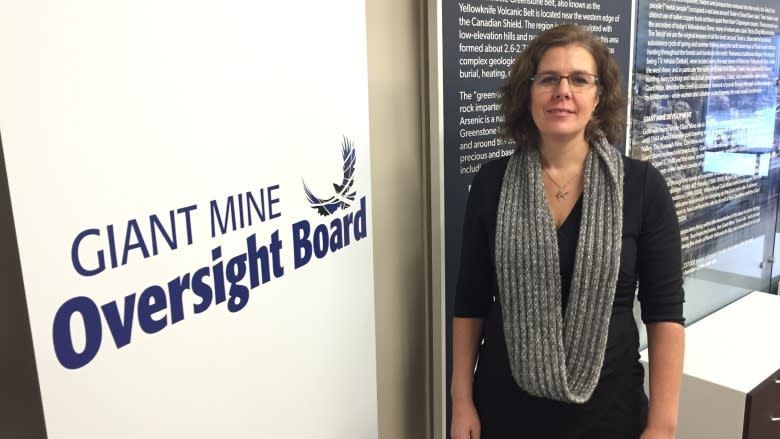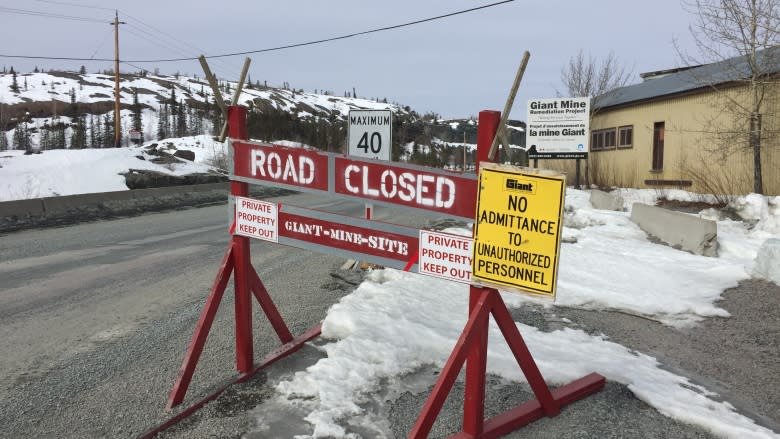Giant Mine remediation team discharging water into Baker Creek without licence
The Giant Mine Oversight Board is asking why the project team remediating Giant Mine is allowed to discharge treated water from the mine into Baker Creek without a licence.
The water is pumped up from underground chambers, of which some hold tonnes of the arsenic trioxide dust.
The creek runs through the property and empties into Great Slave Lake.
The independent board posed the question in an annual report on the remediation effort at Giant Mine.
"At this stage we are a little unclear why it is okay for the project team to continue to discharge treated effluent without a water licence," said Kathy Racher, chair of the Giant Mine Oversight Board.
"There may be good reasons for that, but we just don't know what they are... Anyone else would need a water licence."
The project team consists of officials with the federal and territorial governments.
An interview with the project team was not granted.
Instead, a spokesperson for Indigenous and Northern Affairs Canada (INAC) responded by email and said, "The Giant Mine Remediation Project team and the Minister of Indigenous and Northern Affairs have received the Establishment Report issued by the Giant Mine Oversight Board.
"Next steps will be determined once the Minister and the Project team have had time to review the Report and recommendations and give them the consideration they are due."
The spokesperson pointed to INAC's website for more information.
According to the website, wastewater at Giant Mine is treated on site to meet or exceed the "the regulatory requirements set out in the mine's former water licence."
However, it doesn't spell out what those requirements are. Instead, it adds that the project team is proposing to bring water from the mine to drinking water standards of 0.01 mg of arsenic per litre.
It's unclear if that is currently happening.
According to a 2005 report titled Water Treatment Update Giant Mine Remediation Plan, the discharge standard under the former licence allows for arsenic concentrations of up to 0.5 mg/L — or 50 times more than allowed for drinking water.
No one from the Mackenzie Land and Water Board, which issues water licences, was immediately available for comment.
CBC News is awaiting further clarity from INAC on what standards the project team is meeting with water treated at Giant Mine.
- RELATED | 'Nobody's taking responsibility': Board says gov'ts must address Yellowknife's arsenic problem
- RELATED | 1989? Public reports show Kam Lake was tested for arsenic as recently as 2016





